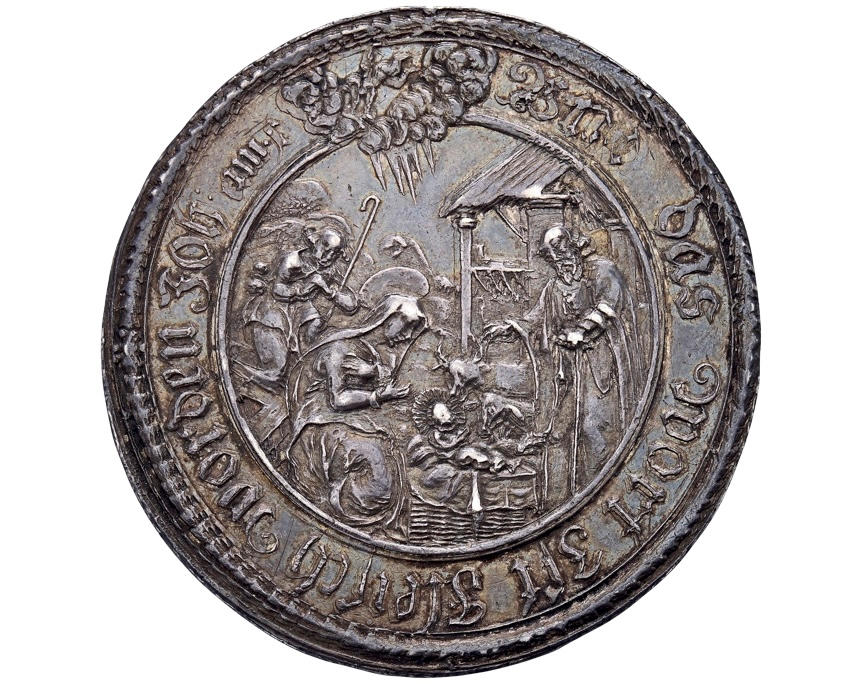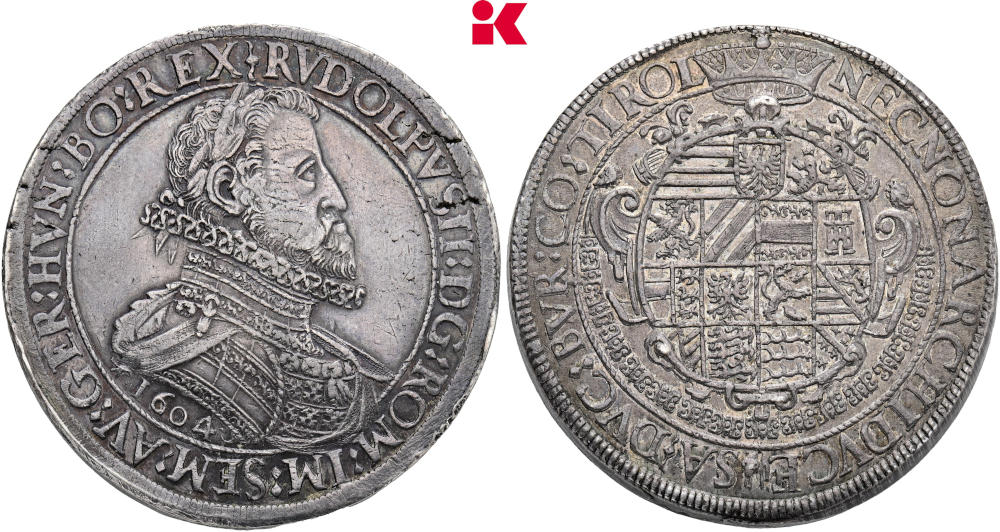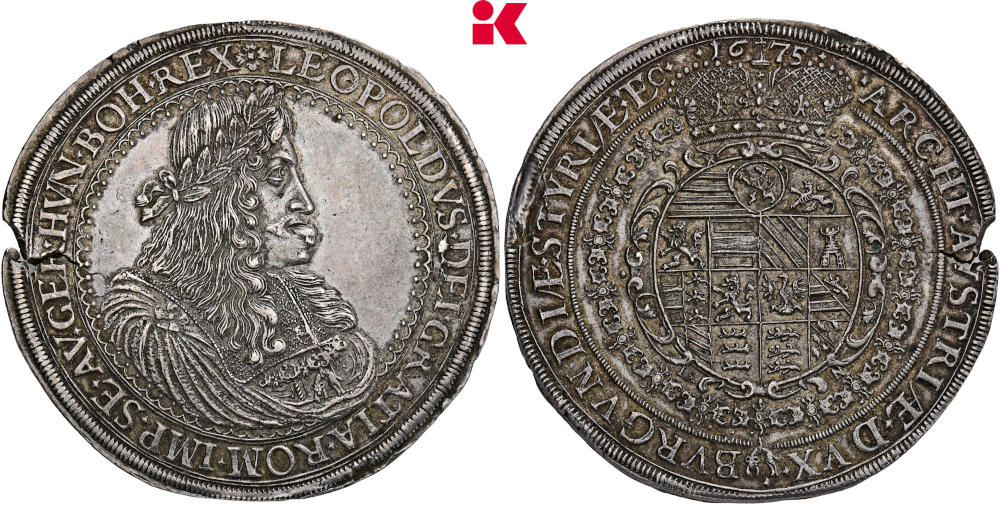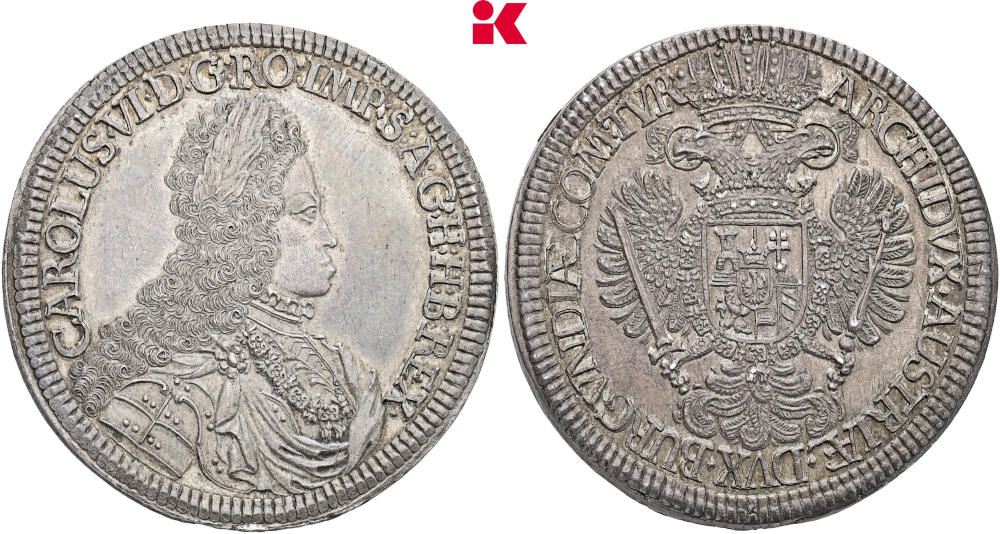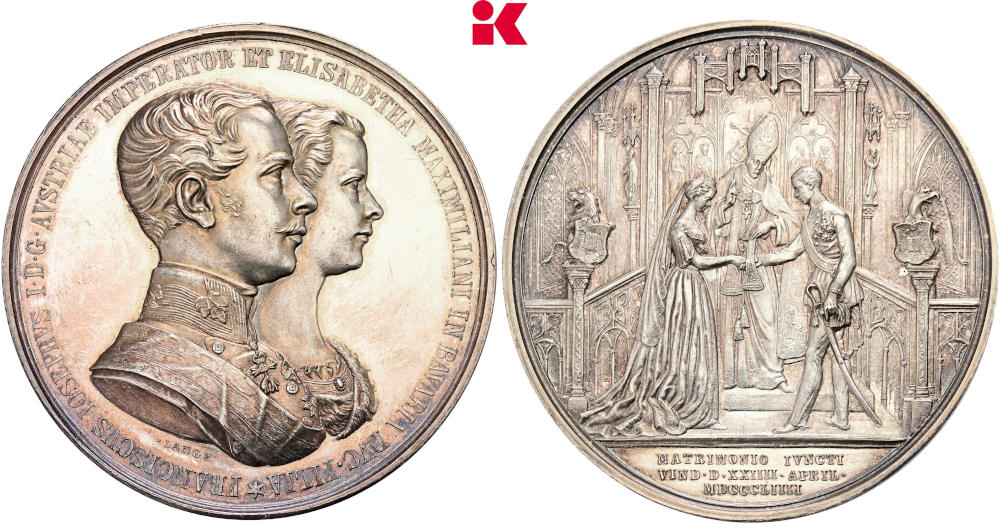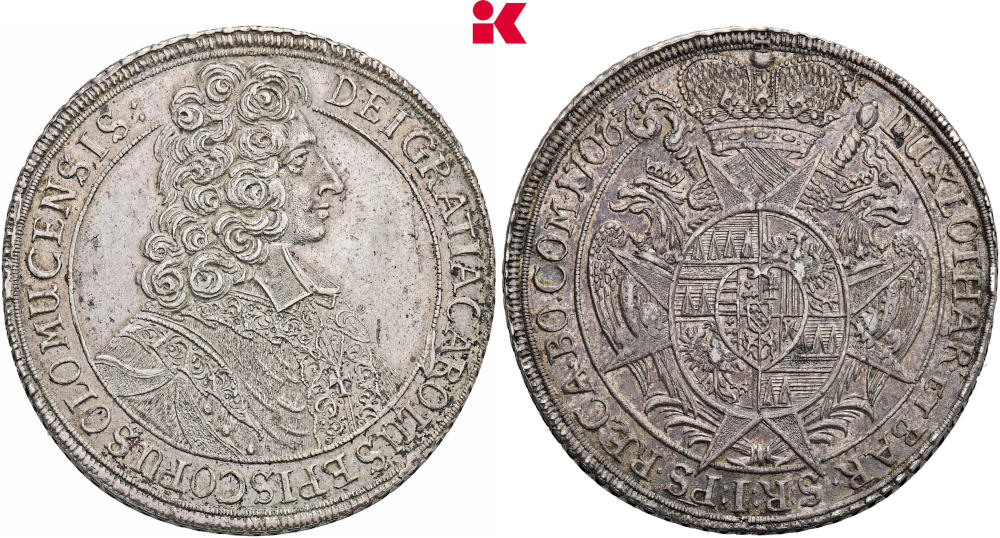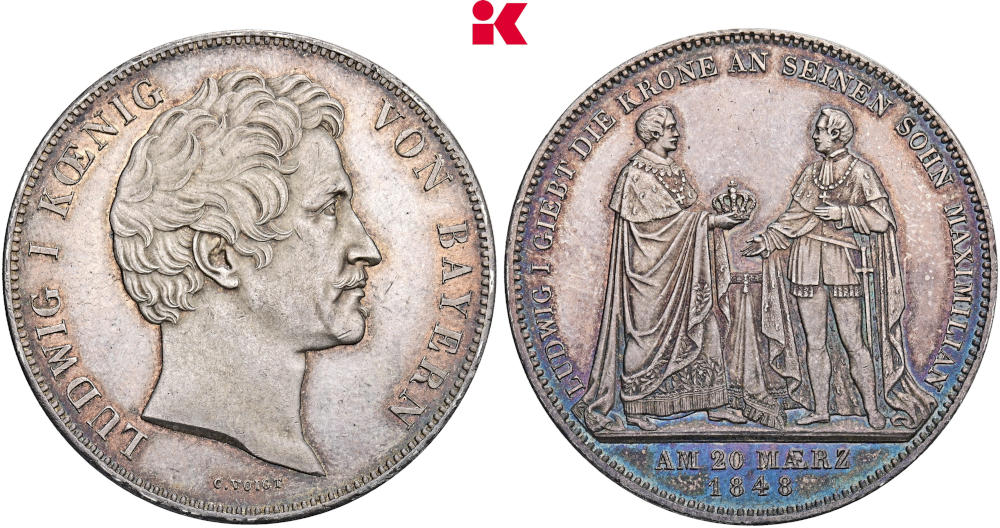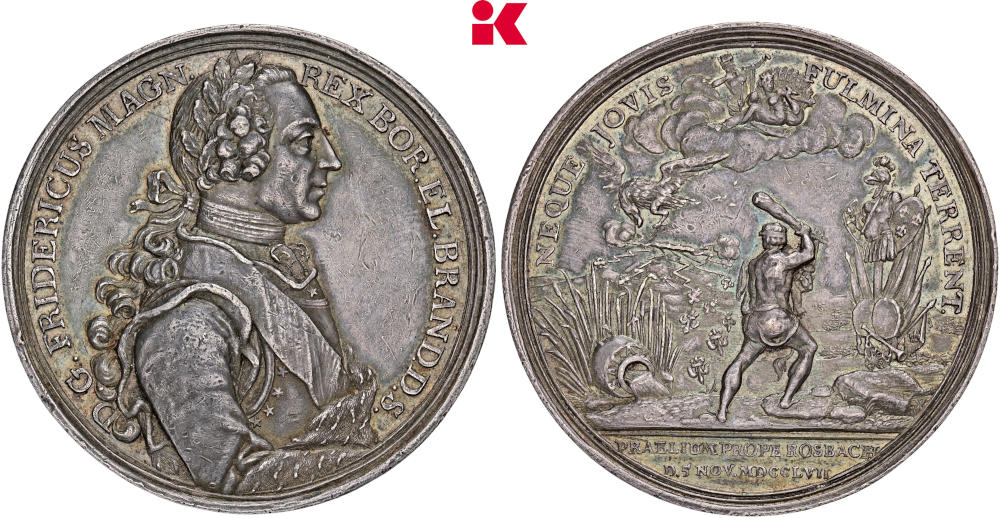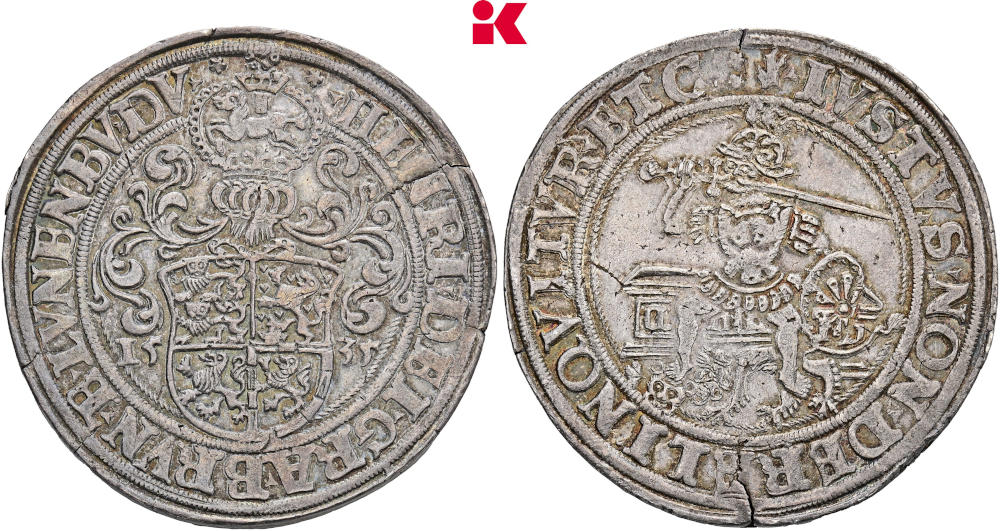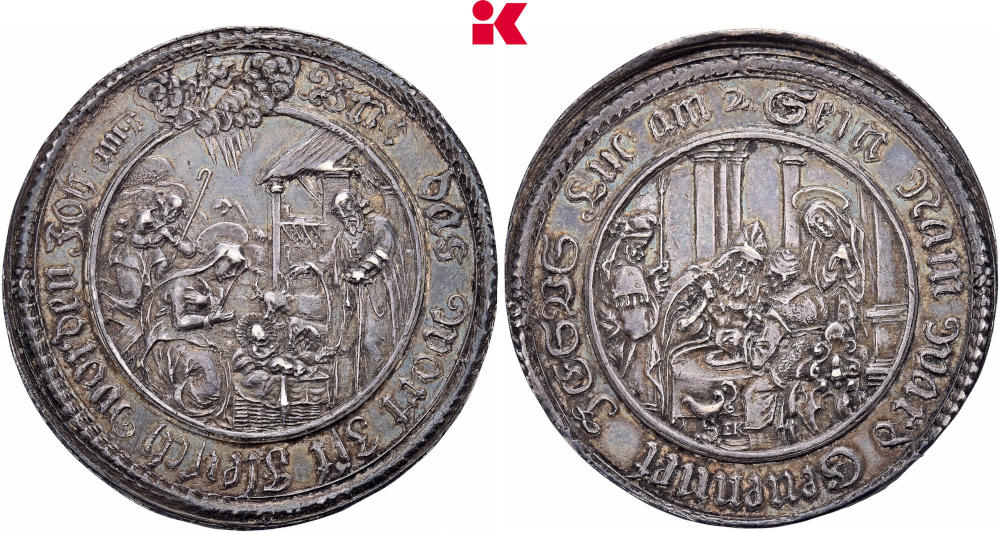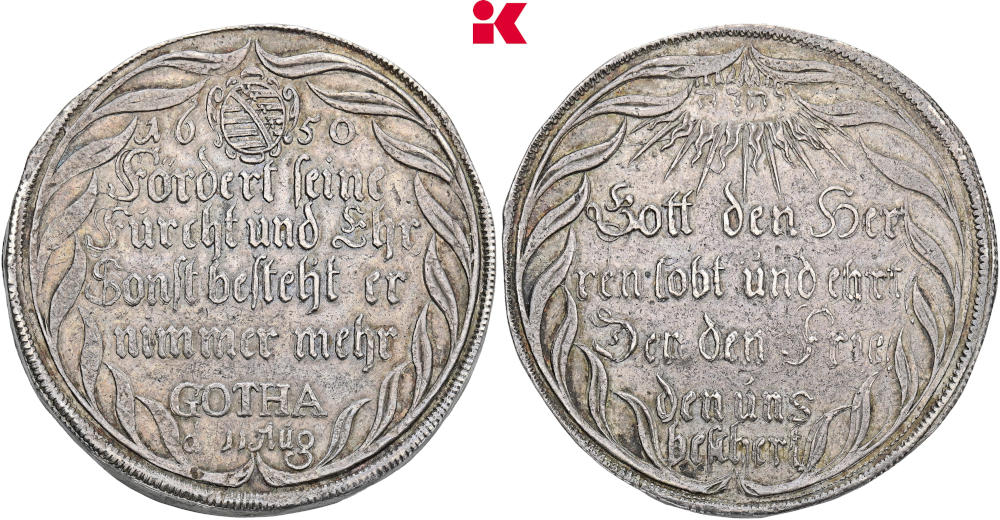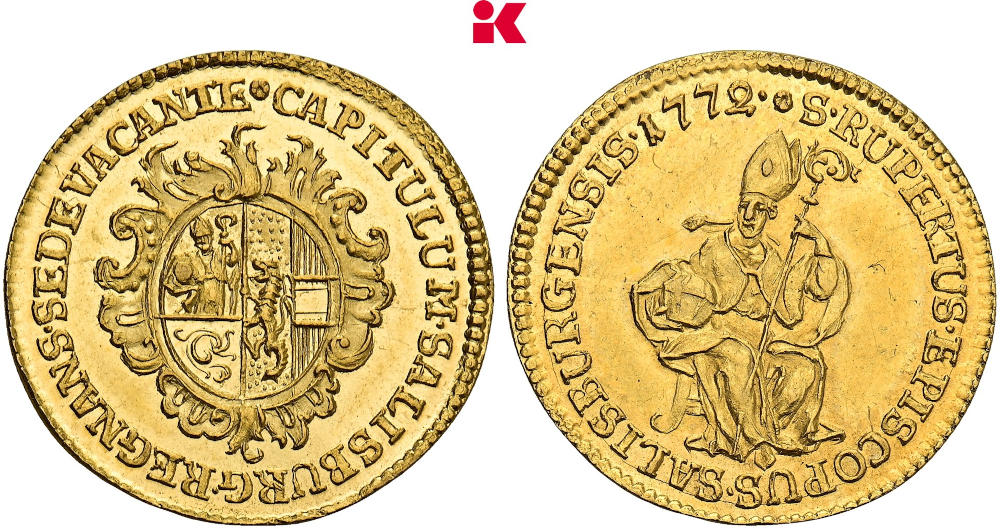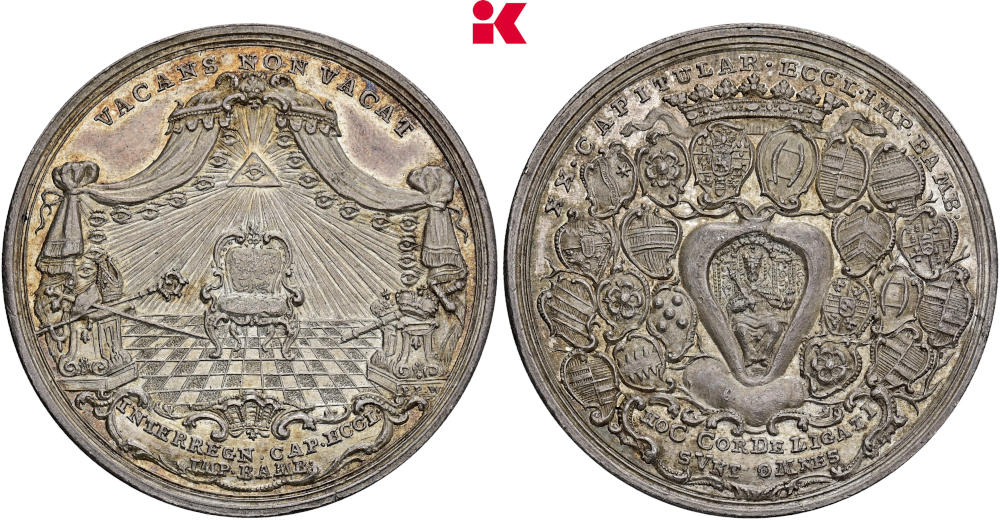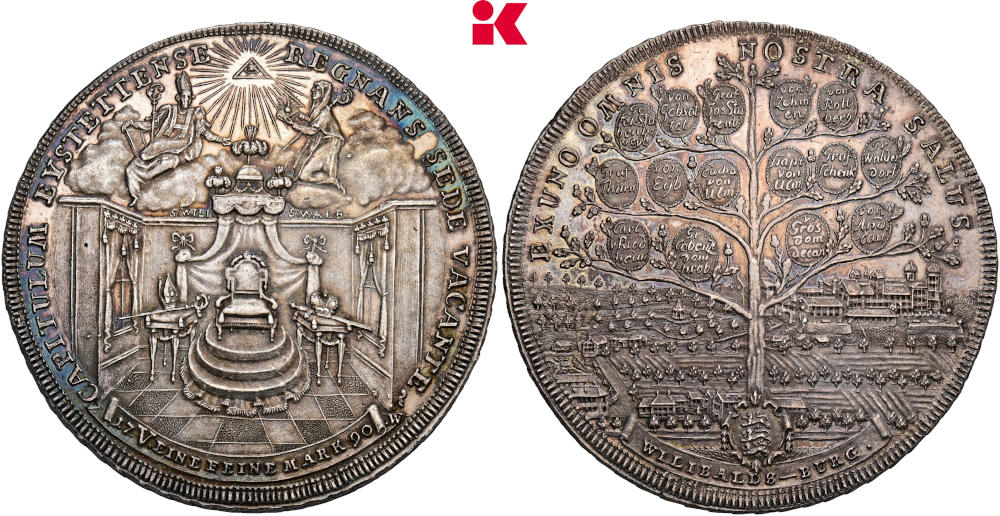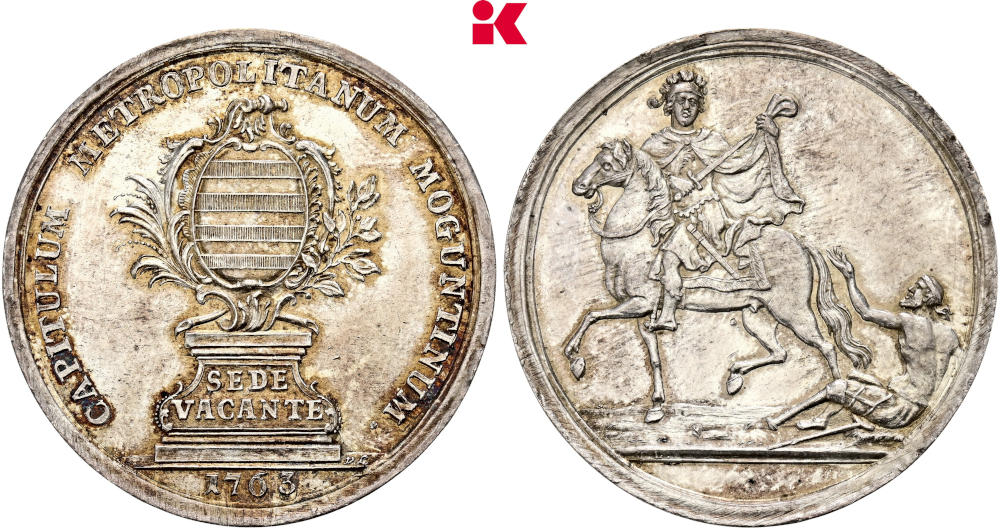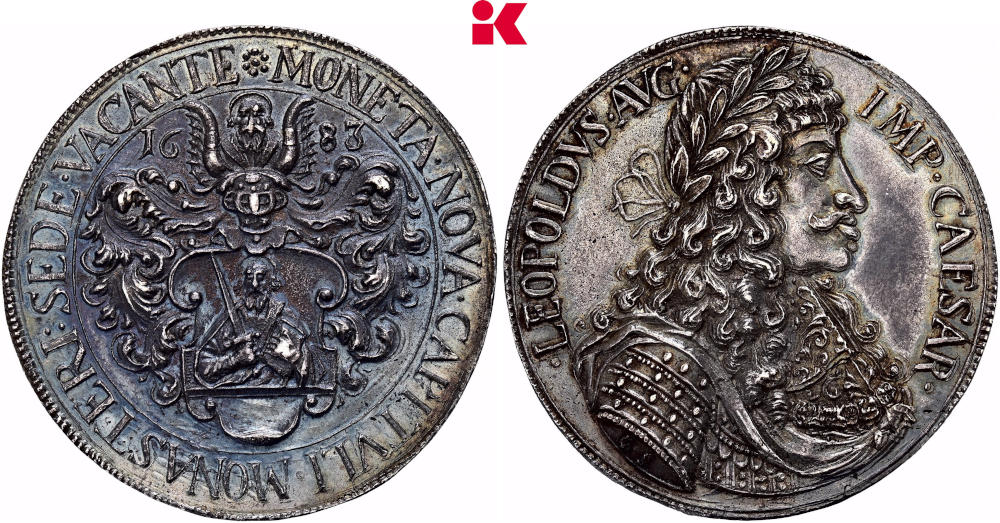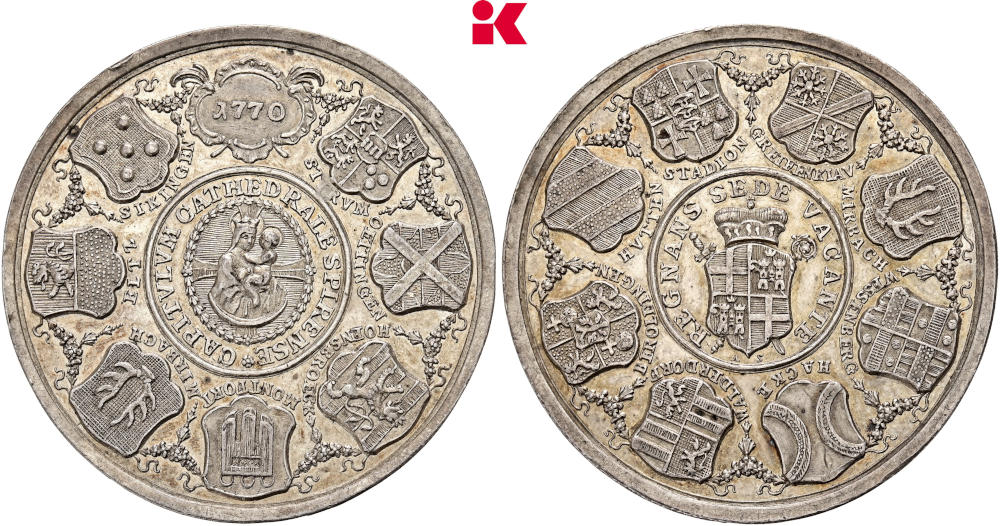eLive Premium Auction 426: A Rich Selection of European Coins and Medals
Künker
eLive Premium Auction 426
Coins
7-8 July 2025
D-Osnabrück
Those who did not have a chance to acquire any items during Künker’s three-day public auctions will have another chance to purchase interesting issues at favorable estimates in eLive Premium Auction 426. There are a number of lots with starting prices in the double digits, although one might expect the hammer prices of many pieces to be considerably higher.
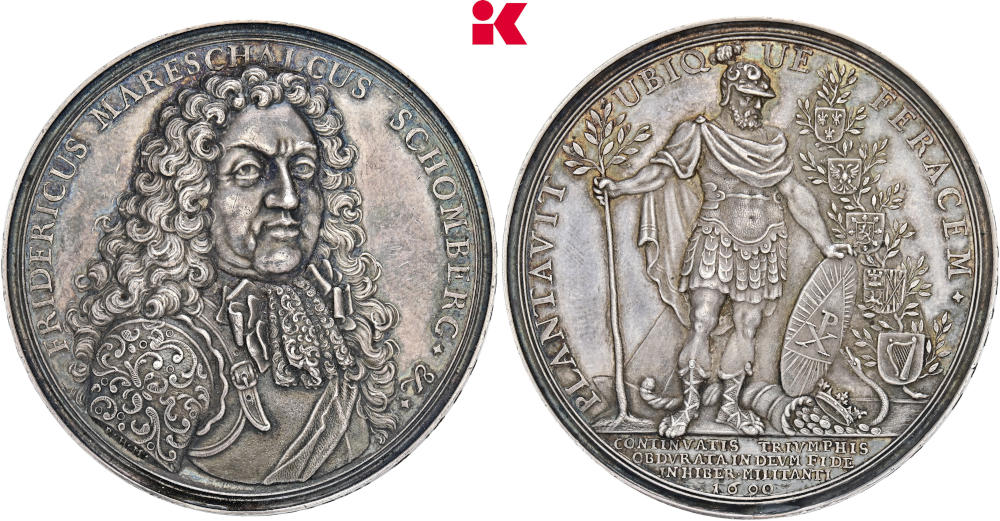
No. 3014: Great Britain. William III and Mary. 1690 silver medal by P. H. Müller commemorating the death of the Palatinate count and marshal Friedrich Hermann von Schomberg (killed at the Battle of the Boyne). Rare. Extremely fine to FDC. Estimate: 2,000 euros.
World Issues
The auction starts with a small run of coins and medals from Europe. Belgium, Denmark, France, Great Britain, Italy, the Netherlands and Poland – if you are interested in one of these fields, you should take a close look at the auction catalog.
Roughly 270 Lots with Coins and Medals from the Habsburg Empire
Are you interested in Habsburg issues? Catalog 426 offers a rich selection of these pieces. Starting with Ferdinand I, specialist collectors will discover guldiners and talers – including multiple and fractional pieces – in attractive condition. The offer also includes great rarities! They are from the many different mints of the Habsburg Empire: from České Budějovice, Wrocław, Brussels, Ensisheim, Graz, Günzburg, Hall, Klagenfurt, Kremnica, Kutna Hora, Baia Mare, Prague, St. Veit and, of course, Vienna. The time frame goes up to several issues minted under the rule of Emperor Franz Joseph. This is followed by the coinage of the Austrian clergy. Salzburg, in particular, is represented by a large number of coins.
German Coins and Medals
If you are interested in medals and German coins with unusual reverse motifs, you will be amazed by the offer in this section. Take the popular Bavarian “history taler” as an example. Collectors will find a wide variety of these pieces in eLive Premium Auction 426, including rarer types and patterns. Prussia is also well represented, with an extensive offer of coins and, most importantly, fascinating medals. These issues celebrate the military successes of the upstart of the 18th century. Early talers and even lösers represent Brunswick; and there is also an abundant offer of magnificent talers from Münster. Particularly noteworthy is a double representative taler focusing on the Nativity and the Presentation of Jesus. Of course, as we are used from Künker, there is a rich selection of Saxon coins and medals from the various branches of this house. And these are just a few of the highlights. It is certainly worth taking a closer look!
Sede Vacante Issues
A familiar theme from the current media runs through the entire auction: the sede vacante, i.e. the vacancy of the see. This is the state that occurs when a spiritual leader has died and his successor has not yet taken office. Every bishopric had precise rules regarding who was in charge in such cases. One of the deputy’s powers was to control minting activities – especially when the election process took longer than the four rounds we recently witnessed in Rome. This period was often used to mint coins and medals that commemorated the sede vacante. A rich selection of such pieces can be found in eLive Premium Auction 426.
They all depict the rich array of images associated with a sede vacante period. Above all, these include the holy patrons of the diocese. For example, we see St. Martin for Mainz, and St. Rudbert and St. Virgil on a Salzburg medal. The saints are surrounded by the coats of arms of all those who were involved in electing the new bishop in the cathedral chapter. These coats of arms frequently appear, also on issues of Bamberg, Eichstätt and Speyer. Incidentally, on the first two medals, the empty bishop’s chair symbolizes the sede vacante. This is a literal translation of the Latin term, as sede means “chair/see” and vacante “empty”.
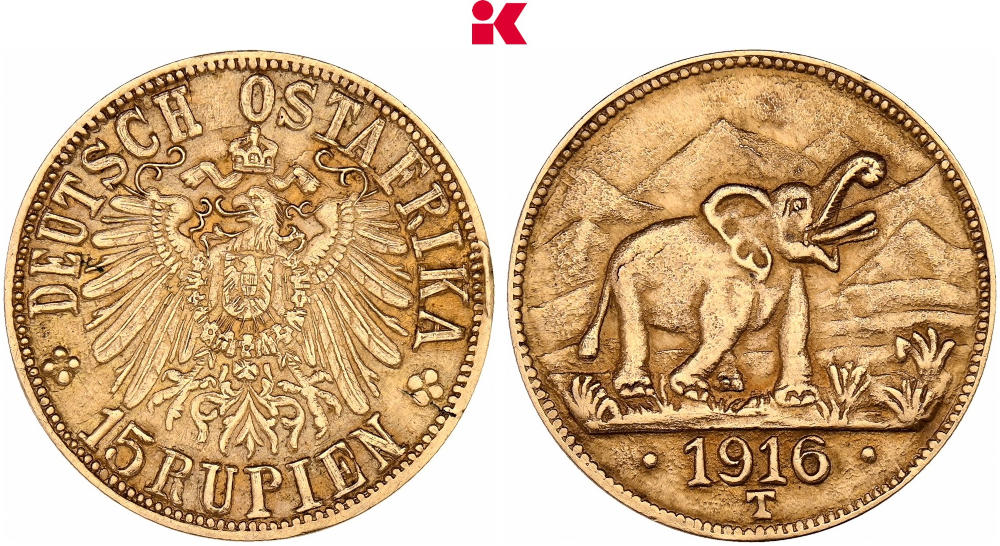
No. 3893: German East Africa. 15 rupees, 1916, Tabora. Very fine to extremely fine. Estimate: 2,500 euros.
Small But Interesting: A Selection of Coins from the German Empire
The auction concludes with a small but interesting selection of coins from the German Empire.
To order a catalog contact Künker, Nobbenburger Straße 4a, 49076 Osnabrück; phone: +49 541 / 962020; fax: +49 541 / 9620222; or via e-mail.







